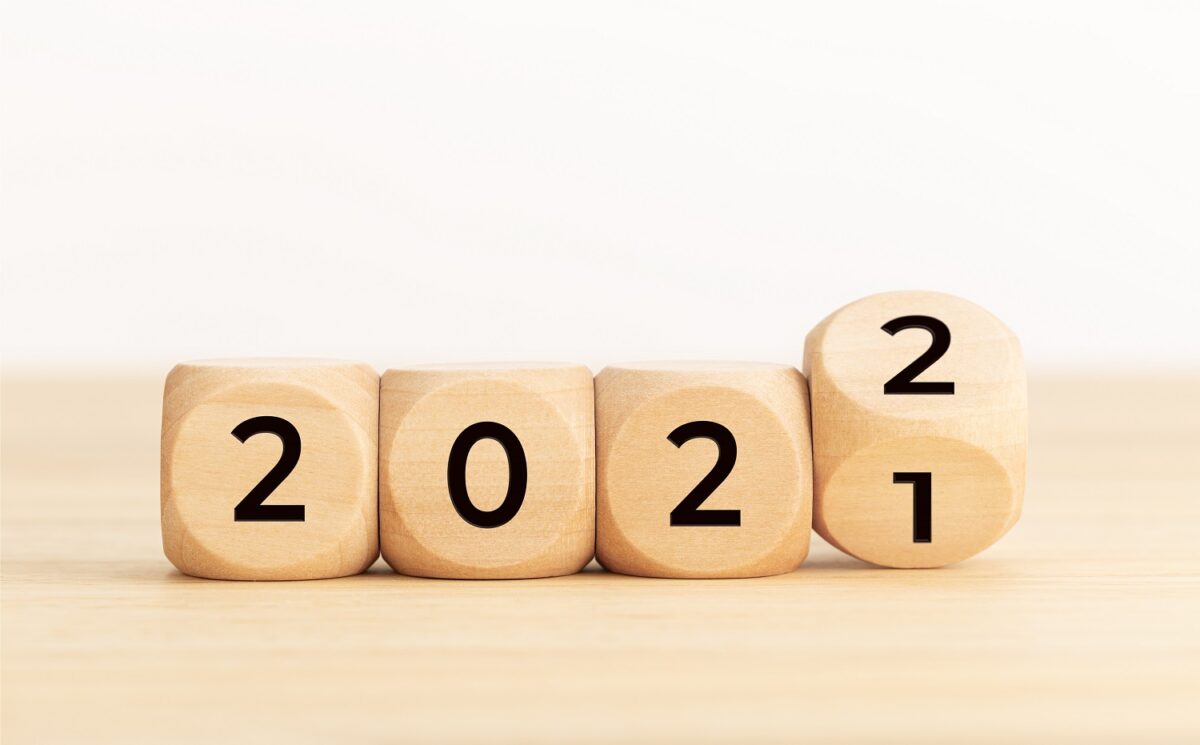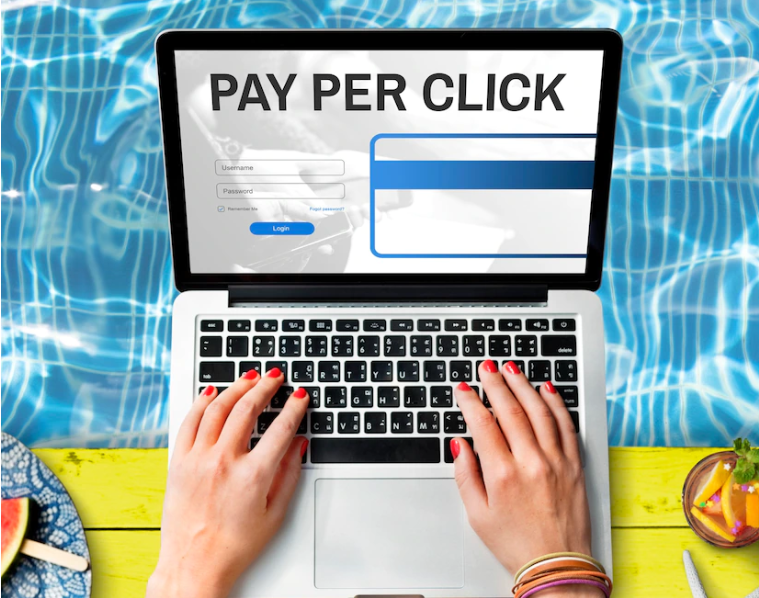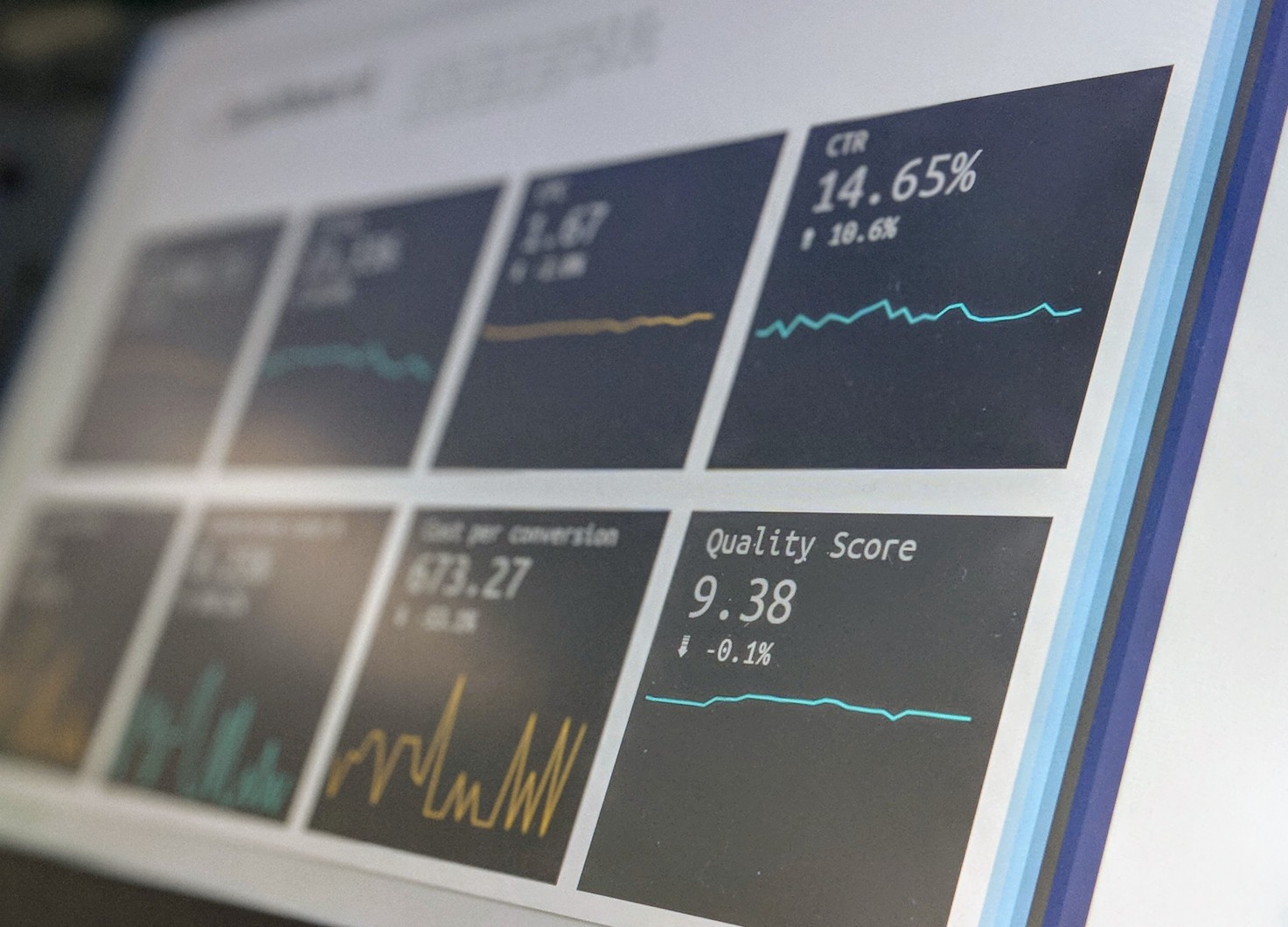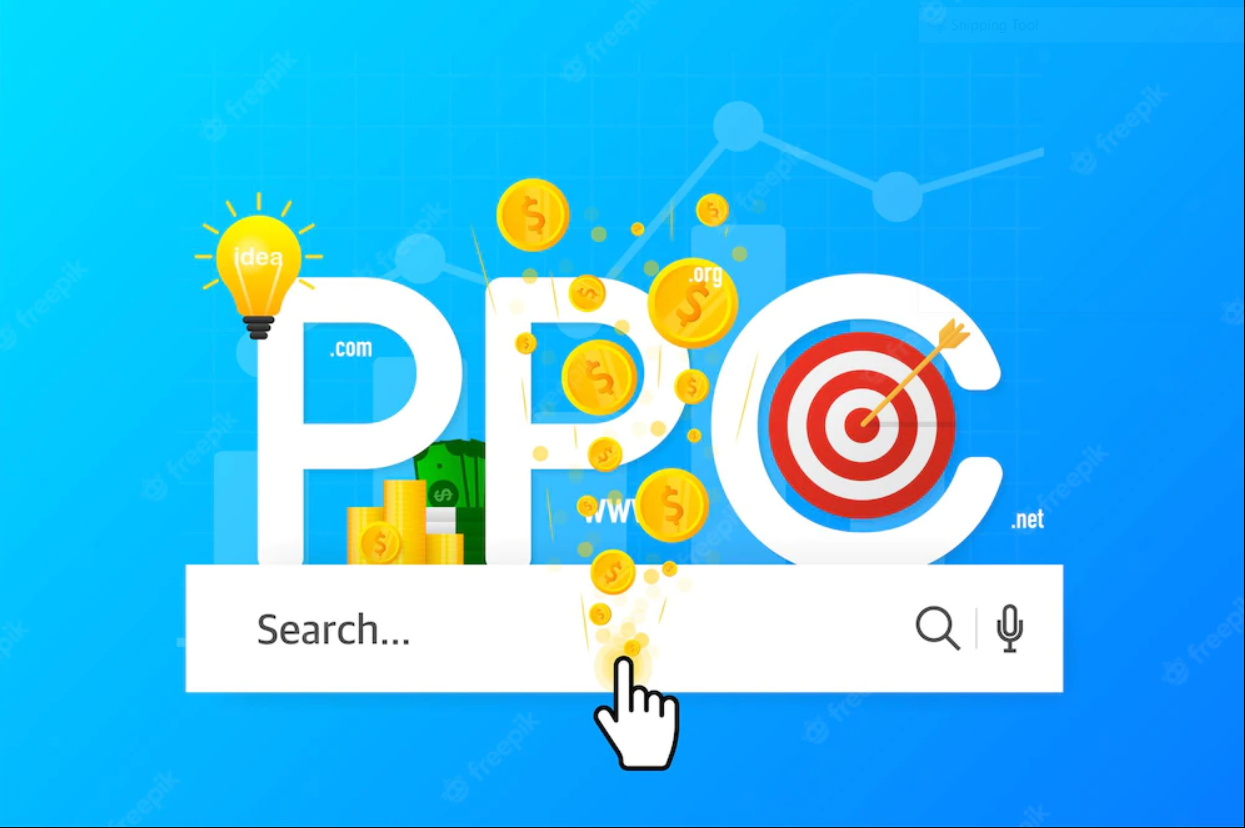The landscape of digital marketing is constantly changing, and it’s important to stay current if you want to make the most of your Pay-Per-Click (PPC) advertising investments!
WSI focuses on helping operations of all sizes embrace robust and affordable digital marketing, and a big part of that is making the most of every innovation. 2020-21 has seen numerous new ideas and techniques for PPC which are going to become critical in 2022. Read on to learn about the PPC trends you need to know in the upcoming year and how a paid search marketing company like WSI can help!
Six Tips for Updating Your PPC Strategies In 2022
1 – Increased use of automation
Ad platforms are rolling out more and more automation features, which can be major time-savers when they’re properly utilized. Scripting can handle a lot of common cases, and smart bidding is also becoming increasingly automated. Embracing these techniques will allow you to focus more on the creative and strategic sides, and less on micromanagement.
Just be aware, automation is never a magic bullet. Keep an eye on your campaigns, and always be willing to revise or update your strategies if they start to underperform.
2 – Even more conversion action tracking
Because PPC ads can be a significant investment, you should be getting every drop of data you can from every click or conversion. PPC tracking apps are adding more goals and metrics you can track beyond simply counting clicks. Now you can granularly measure when PPC leads to:
- Use of online contact forms
- Demo/estimate requests
- Chat or phone interactions
- Local lookups or map directions
- Any form of transaction
It’s even now possible to match offline conversions – such as via telephone calls – to the PPC ad that began the conversion process.
These tools are absolutely invaluable, especially when combined with scripting and other automation for even better results.
3 – Responsive display ads
You’re undoubtedly familiar with “responsive” web design which changes the page layout to fit the user’s screen. However, for years, ads were stuck at the same basic sizes – limiting your layout options. Now, that’s changing. Responsive display ads are becoming more commonplace, combining headlines, images, or descriptions as is appropriate to fill almost any available screen space.
Google Ads is particularly embracing this technique while giving you numerous tools to fine-tune which elements are displayed, or for A-B comparing against your static nonresponsive banners.
As a bonus, this also means you can potentially get more creative with your responsive page layouts since you no longer have to design them around your desired ad space.
4 – Consumer matching systems
Tracking users has become more difficult in the last few years. Between governmental crackdowns on cookie use, and mobile platforms moving to protect their users, this has become an inconvenience for advertisers.
However, ad platforms are responding by implementing customer-matching systems. You can upload your consumer contact database to your ad platform, and it will do its best to match that information to user profiles on that platform. This isn’t quite as robust as cookie- or cellphone-based tracking, but it’s likely to be the solution going forward.
5 – New keyword matching strategies
If you’re using Google Ads or Microsoft Ads, you should be aware that they’ve changed how keyword matching works. In particular, the broad match modifier has been discontinued in both systems, among other smaller changes.
On the plus side, most of these changes are aimed at streamlining keyword matching and offering you more flexibility. Still, you should review these systems and see if the changes have impacted your keyword settings.
6 – You need to review your copy
One big thing all these changes point to: it’s time to review your ad copy. In particular, copy written for larger-form ads will need to be revised to fit responsive ads, and changes in keyword strategies may impact your copy as well.
On the plus side, Google and Microsoft are both implementing ways to track the performance of each element in your ads separately. So, you’ll have a lot more flexibility to mix-and-match different images, headlines, and copy to find the most effective combinations.
WSI Simplifies Digital Marketing!
We keep up with the latest in digital marketing and PPC techniques so that you don’t have to. If you find yourself spending too much time on the technical side of digital marketing, or don’t have the resources to continually update your assets, WSI has the expertise and manpower to fill in those gaps.
As one of the largest digital marketing services in the world, we can handle campaigns and projects of any size. Contact us to discuss your needs!





